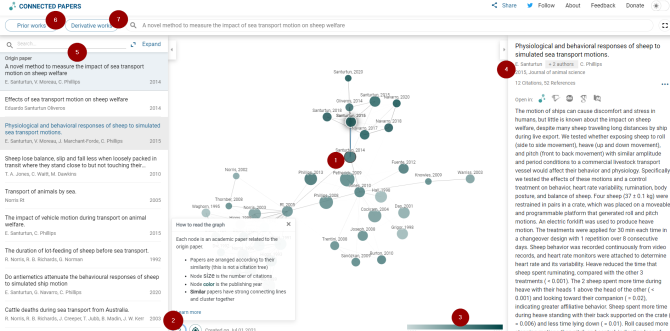
News
Search tip: Connected papers
Connected papers is an online tool you can use to search for additional literature, to complement a systematic literature search. It is comparable to searching by following a thread.
Connected papers
Connected papers is a free online tool. The tool helps to visually find papers relevant to your topic. You enter a relevant paper and Connected papers delivers a visual map of similar papers.
This method of searching is similar to searching by following a thread, but Connected papers is not a citation tree. It does not use a reference list (older papers) or the citing articles (more recent papers) of a key article to search for relevant papers. Connected papers is based on co-citation and overlapping references. Similar papers are visually clustered together.
Searching for literature through Connected papers is not meant to replace a systematic literature search. It is a nice additional tool you can use at different stages of your literature search.
Visual map
You start with an origin paper (relevant paper) and you enter the DOI or the paper’s title in the search box. We recommend using the DOI (if available) since it is a unique identifier.
Connected papers will show you visually the results of the search.

- In the middle, you see the map of papers connected to each other. The starting point (1) is the origin paper you searched on. Highly similar papers have stronger connecting lines and tend to cluster together. The size of the nodes represents the number of citations.
- Use the help button (2) to get some information on how to read the visual map. The colour of the nodes (3) indicates how old a paper is.
- You can select any point on the map and get access to the bibliographic information and abstract on the right (4).
- On the left, you get a more standard result list (5).
- Prior works (6) and derivative works (7) function as filters.